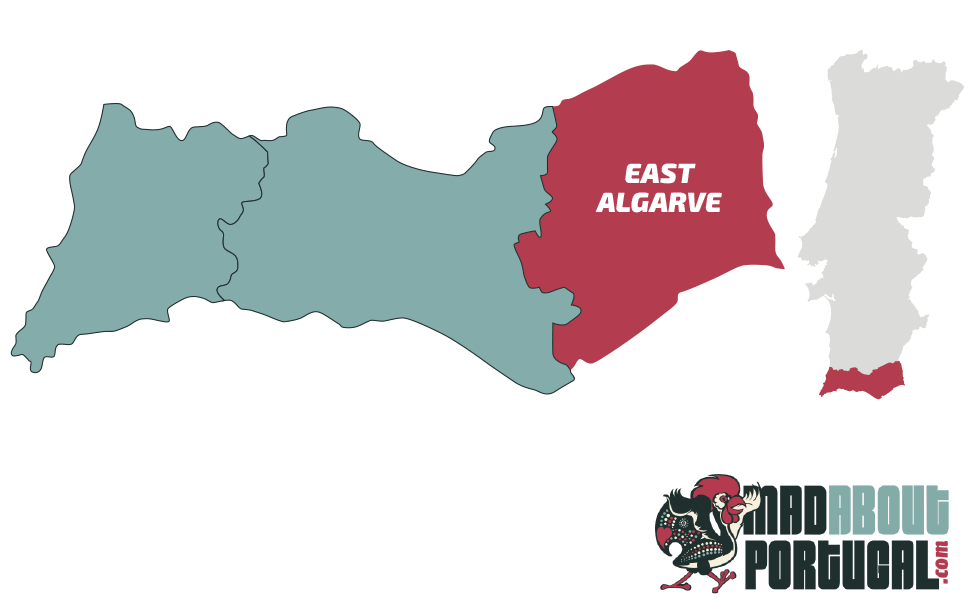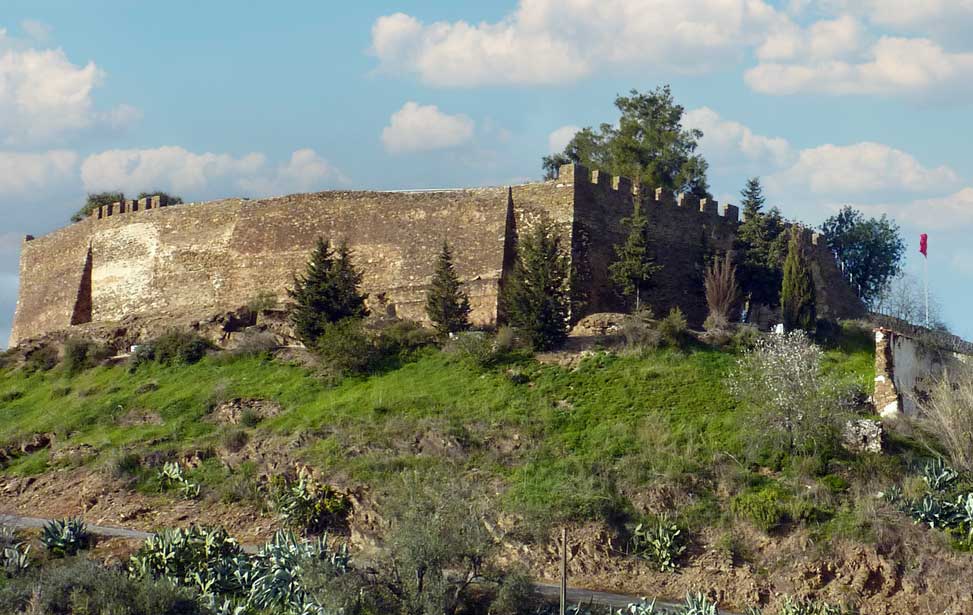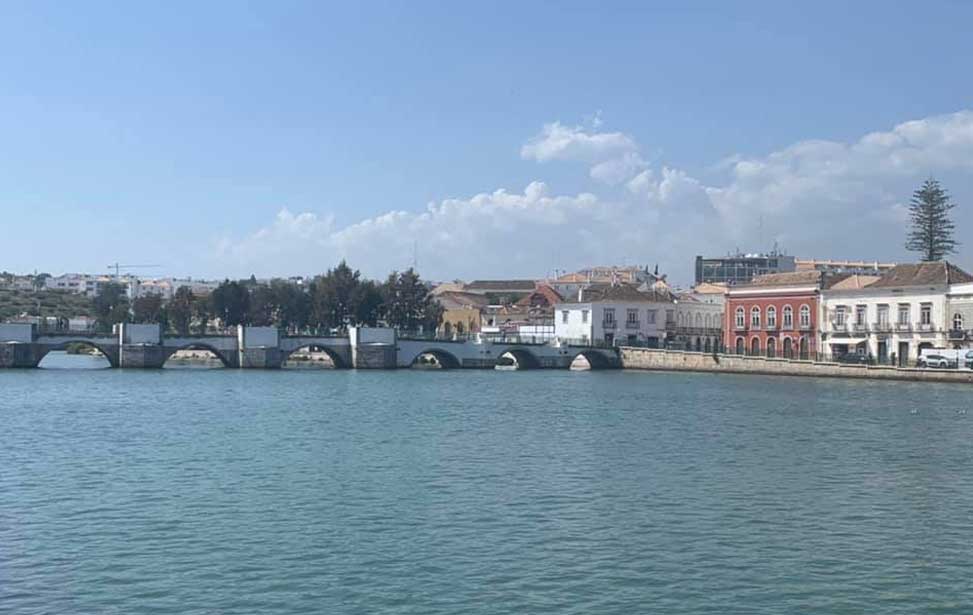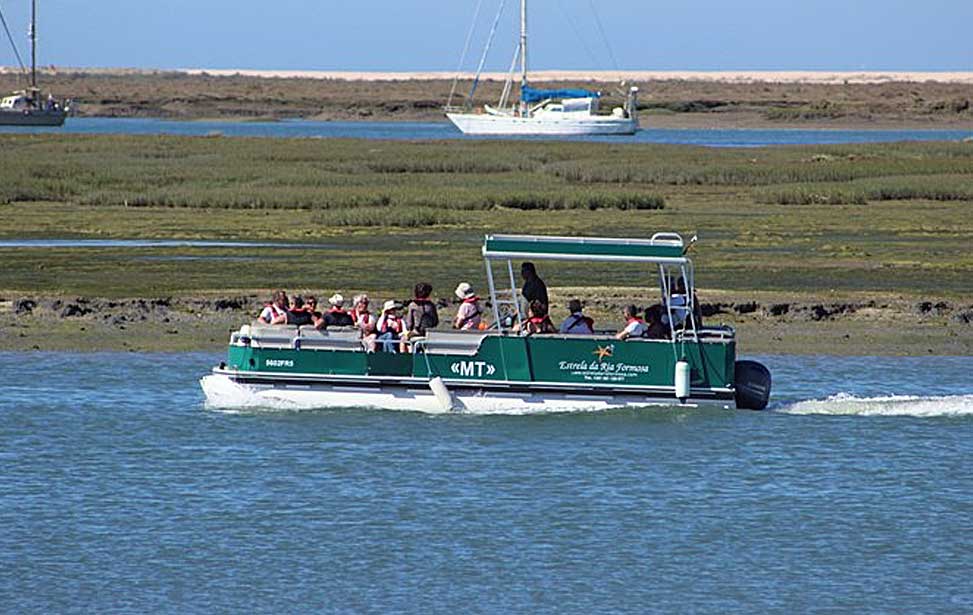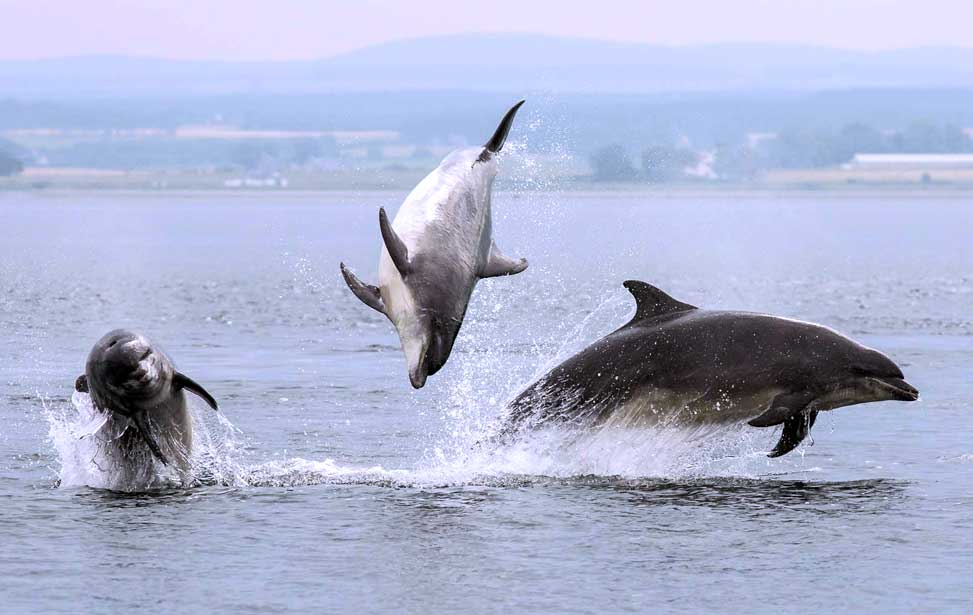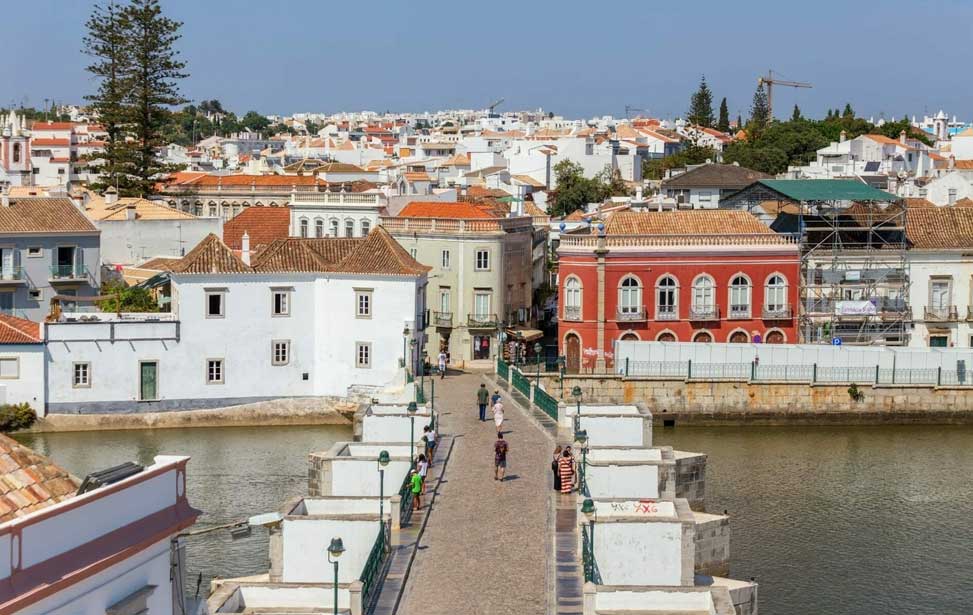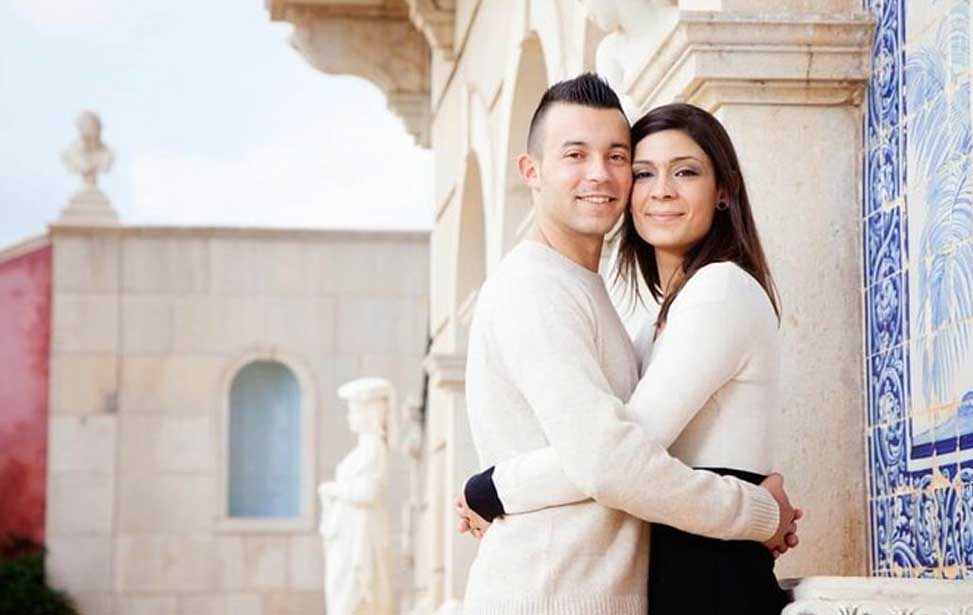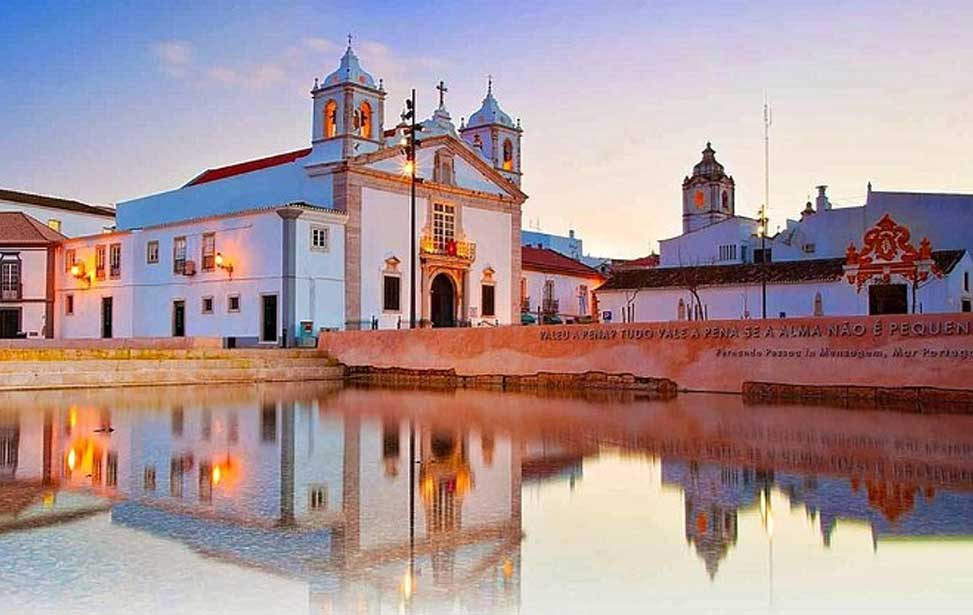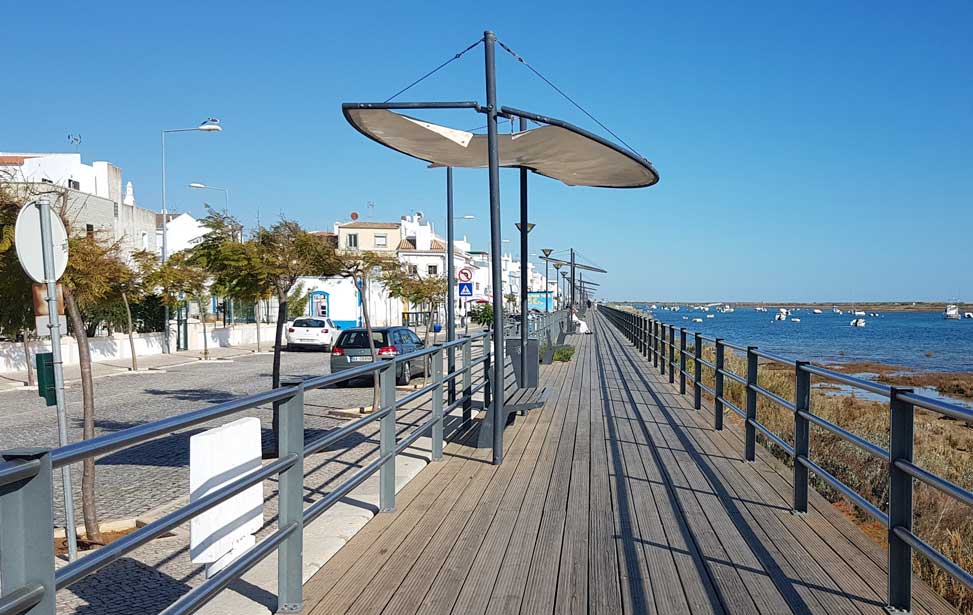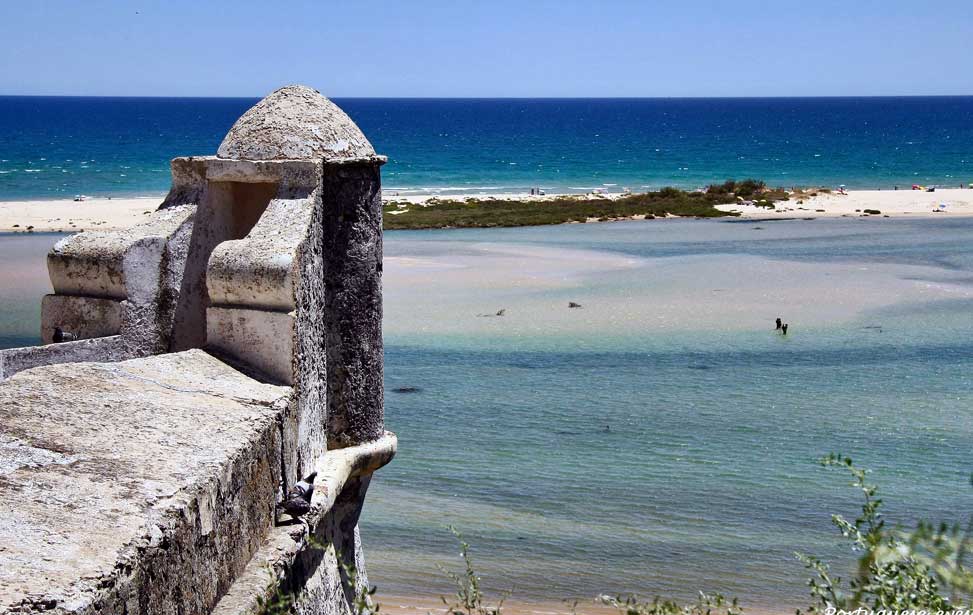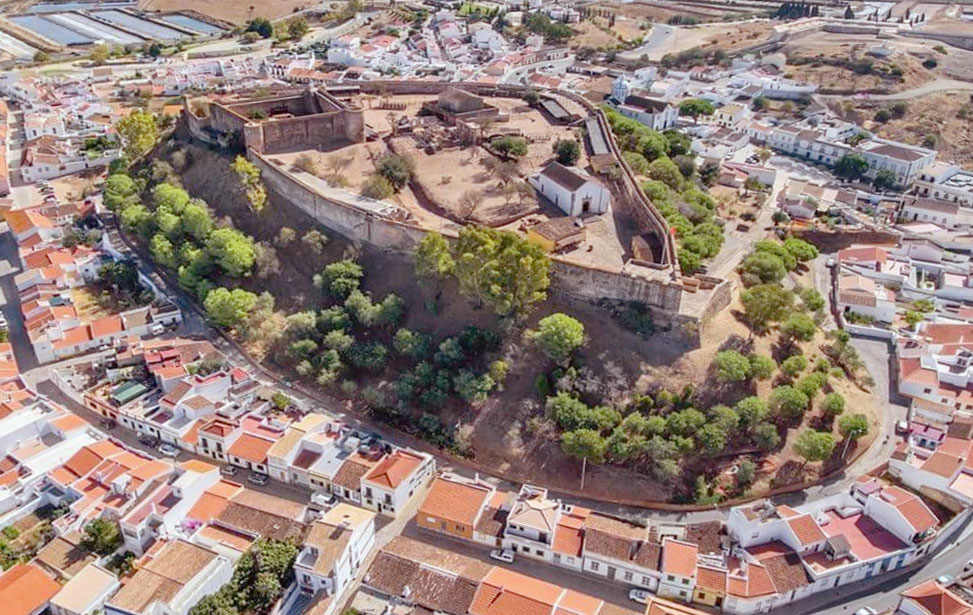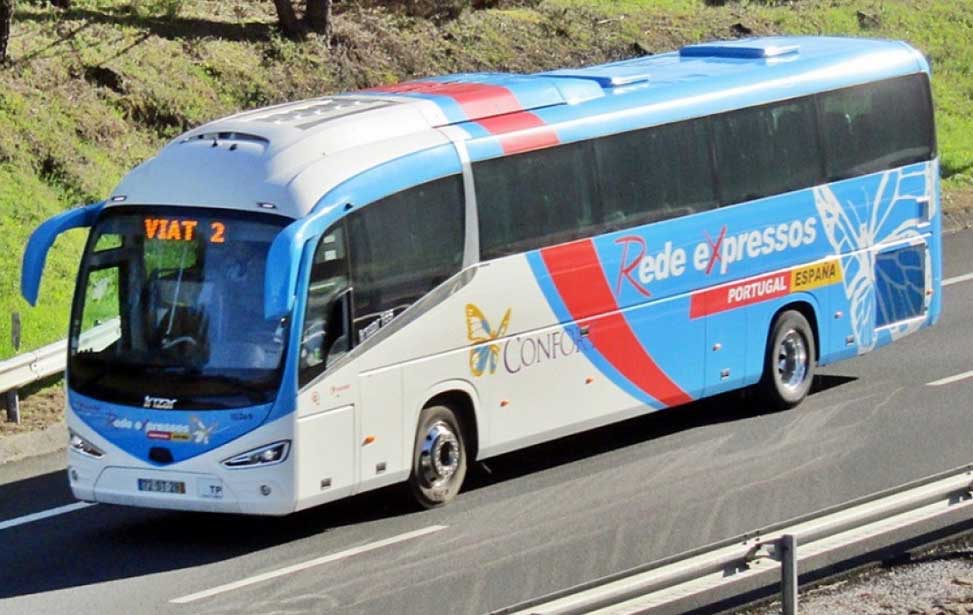EAST ALGARVE
madaboutportugal.com welcomes you to the enchanting Eastern Algarve, a hidden gem laying between Olhão and the Guadiana River, the natural border separating Portugal from Spain. This region, lovingly known as Sotavento, is where nature enthusiasts, beach lovers, and history buffs converge to discover a serene yet vibrant corner of the Algarve.
The Eastern Algarve is blessed with the Ria Formosa, a stunning natural reserve stretching over 50 km (31 mi), featuring an intricate lagoon landscape teeming with rare bird species and diverse flora. Birdwatchers, hikers, surfers, and beachgoers will find paradise here, with endless stretches of quiet, sandy beaches on the Atlantic side. The best way to explore this unique haven is gently by bike, kayak, or on foot, allowing you to fully immerse yourself in its beauty. For those who fancy a round of golf, there are ten exquisite golf courses scattered throughout the region.








